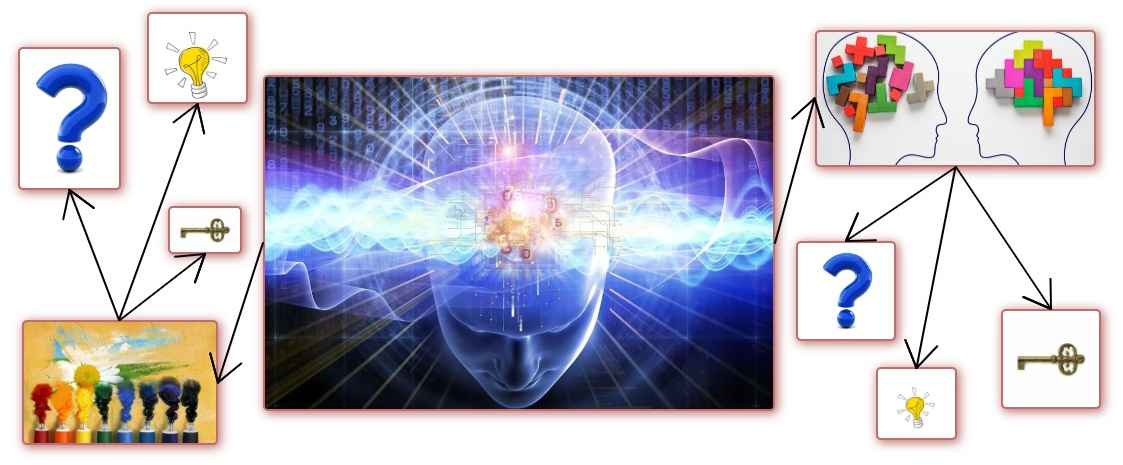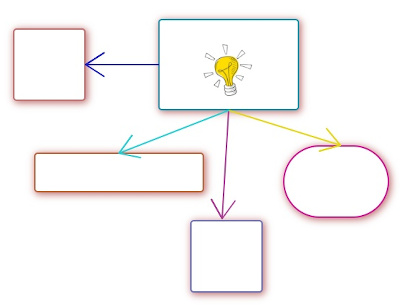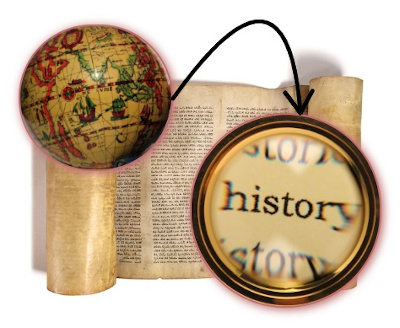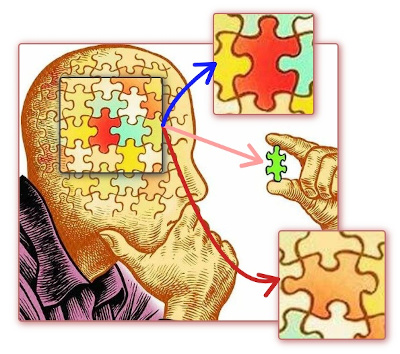What is a mind map?
A mind map is an easy way to visually structure any ideas, examine or compare in detail. It is also a diagram for a clearer presentation of tasks, words, concepts or elements. It can turn boring and monotonous text into vivid, interesting and memorable information. Take absolutely any data and present it in the form of a mind map. Now everything is read and remembered much faster and easier.
What's great is that it is possible to place color schemes, letters and symbols that can be associated with what you are trying to explain or remember.
Mind mapping is ideal for:
- Concept visualizations
- Presentation and transmission of ideas
- Make presentations more efficient
- Preparation of summary records and documents
- Essay writing
How to make a mental map
All mind maps have almost the same structure. They have one main theme in the middle, and from which lines, symbols, words, colors and images emanate in accordance with simple concepts that the brain can understand. Mind mapping transforms a long list into colorful and memorable information.
One easy way to figure out how to create a mind map is to compare it to a city map. The city center is the main idea; the roads outgoing from the center are "branches"; minor roads mean different additions to these branches, and so on. Special images or shapes can represent particularly important ideas.
Characteristics of mind maps:
- The main idea is located in the very center of the map
- The main themes come from a central image in the form of "branches"
- Branches contain a key image and / or a key word on the corresponding line
- Less important topics are presented as "twigs"
- Branches form a connected nodal structure
The power of images
Humans have the ability to accurately recognize images between 85 and 95 percent. There is a famous quote: "a picture is worth a thousand words."
Images can be expressed much more vividly than words, be more precise and powerful, evoking a wide range of associations, thereby enhancing creative thinking and memory. These findings support the argument that the mind map is a uniquely suitable tool.
History of mind maps
Historians have found various traces of this technique throughout history, but they were relatively minor until the early 1950s or 60s. The work of Quillian and Dr. other information.
However, it wasn't until the late 1960s that British psychologist Tony Busens made the use of mind maps very popular. He even created a set of rules for creating a mind map. Nowadays, mental mapping is used all over the place, whether in college or high school. Although some of them are still done on paper, most mind maps are now created directly with a computer.
Mind maps have a long history, but it begins in the third century. Philosophers used to use graphic designs to denote various concepts, words, and ideas associated with a central thought. Mind maps are a visual technique for graphically recording thoughts and related ideas.
Why are mind maps needed?
As we have already found out, the process of making mind maps promotes the development of imagination and creative thinking.
Let's take a look at a few facts:
- Mind maps help develop imagination.
- Mind maps should only contain keywords and short phrases on each thread. This means that the information that needs to be remembered cannot be covered with huge text.
- Mind maps lead to the creation of associations in order to find as many creative ideas as possible.
- Mind maps use color and images to encourage creative thinking; in fact, images are perceived faster than ordinary words, and therefore it becomes much easier to remember information. Thus, if you associate an image with a keyword or phrase in your map, then remember it by association.
You can add it to presentations, reports, resumes, projects.
Association memory development
An important learning skill that can improve memory is Association. It means connecting what you want to remember with something else.
Simply put, it is much easier to remember any important information that needs to be remembered if you have an associative object / word to grab onto.
Mind maps can help with this. In the process of creation, you will have to look for associations that contribute to the development of this skill.
Conclusion:
Mind mapping is a good and alternative way of explaining or remembering information, no matter what area you are going to use it in. Therefore, it is quite convenient to use mind maps. For example, this is a more fun way to take notes. But, as shown in this article, there are many reasons for implementing mind mapping as a transition technique to learning something new.











 Site is developed by the company - ZZZ WEB IT
Site is developed by the company - ZZZ WEB IT